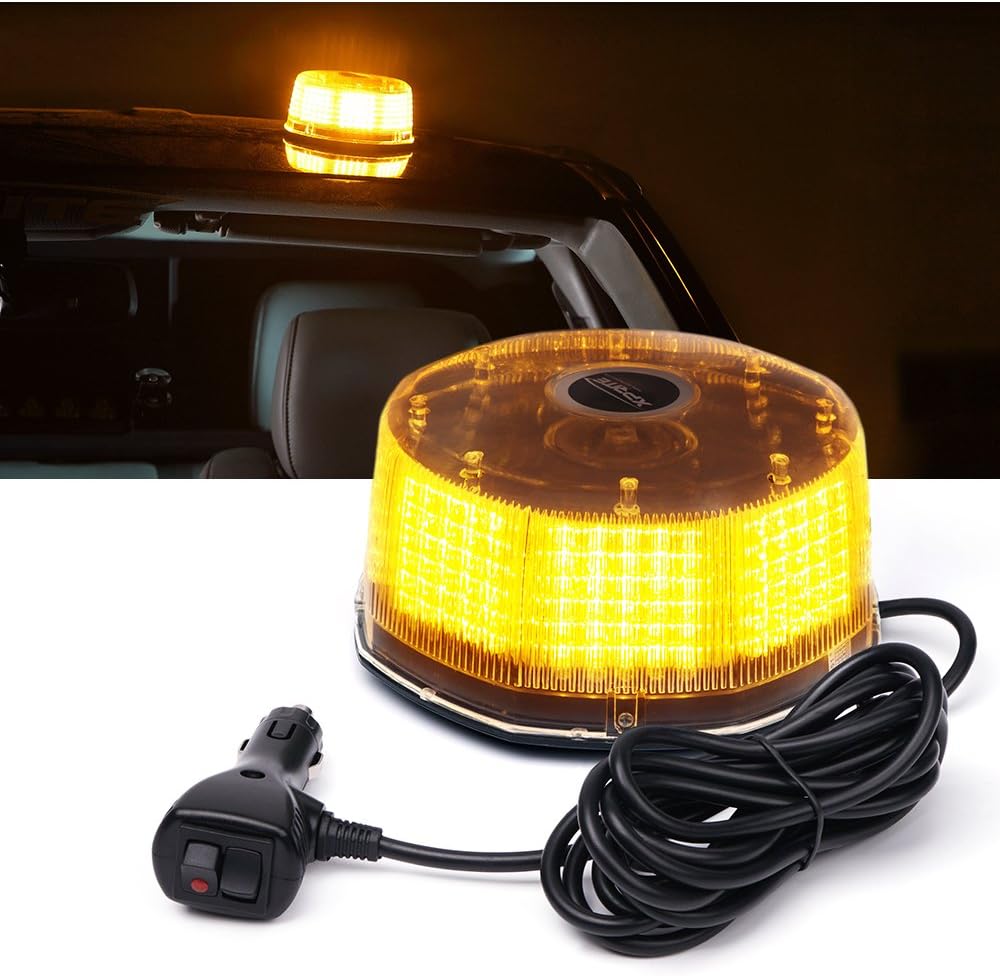Register an account | Forget the password
Become our member and enjoy discounts on purchases in this mall
In the realm of emergency response, the technology behind emergency vehicle lights is continuously evolving to enhance safety and efficiency. From amber emergency vehicle lights to advanced LED systems, these innovations play a crucial role in ensuring the visibility and effectiveness of emergency services. Let's explore the latest advancements in emergency vehicle lighting technology and how they are reshaping the landscape of emergency response.
One of the most significant advancements in emergency vehicle lights is the shift from traditional halogen bulbs to LED technology. LED emergency vehicle lights offer several advantages, including greater brightness, longer lifespan, and lower power consumption. The intense illumination provided by LEDs ensures that emergency vehicles are highly visible even in challenging conditions, such as fog or heavy rain. Additionally, LEDs are more durable and require less frequent replacement, reducing maintenance costs.
Emergency vehicle flashing lights have also seen remarkable improvements in recent years. Modern systems now feature customizable and adaptive flashing patterns that can be tailored to specific emergency scenarios. These patterns enhance the ability of emergency vehicles to capture the attention of other drivers, improving safety during high-stress situations. For instance, some systems can automatically adjust their flashing patterns based on the speed of the vehicle or the surrounding traffic conditions, ensuring optimal visibility at all times.
Another notable innovation is the integration of emergency vehicle lights with other vehicle systems. Advanced lighting systems can now be synced with the vehicle's emergency siren, GPS, and communication systems. This integration allows for seamless operation and coordination between different components, providing a more comprehensive approach to emergency response. For example, when the siren is activated, the lights can automatically switch to a specific flashing pattern, alerting drivers in advance and preparing them for the approaching emergency vehicle.



Modern emergency vehicle lights are designed to withstand harsh environmental conditions. New materials and construction techniques ensure that lights are resistant to extreme temperatures, vibrations, and water exposure. This durability is crucial for maintaining the functionality of emergency vehicle lights in various weather conditions and during rigorous use. Amber emergency vehicle lights, in particular, are engineered to be highly visible and resistant to fading, ensuring their effectiveness over time.
The advent of wireless and remote-controlled lighting systems represents a significant leap forward in emergency vehicle lighting technology. These systems allow emergency responders to control their lights from a distance, providing greater flexibility and ease of use. Wireless systems can be operated via remote controls or mobile applications, enabling quick adjustments to lighting configurations without needing physical access to the control panel. This innovation enhances the responsiveness and adaptability of emergency vehicle lights, improving overall operational efficiency.
Smart technology is making its way into emergency vehicle lights, introducing features such as automated brightness adjustments and real-time monitoring. Smart lights can adjust their intensity based on ambient light conditions or the presence of other vehicles, optimizing visibility while minimizing distractions. Additionally, real-time monitoring systems can provide diagnostic information about the status of the lights, alerting maintenance personnel to any potential issues before they affect operations.
The latest innovations in emergency vehicle lighting technology reflect a commitment to improving safety, efficiency, and effectiveness in emergency response. From advanced LED systems and customizable flashing patterns to integrated vehicle systems and smart lighting solutions, these developments are setting new standards for emergency vehicle lights. As technology continues to advance, emergency responders can look forward to even more enhancements that will further elevate their ability to protect and serve.By staying informed about these advancements, emergency service providers can ensure they are equipped with the best tools to handle any situation, keeping both responders and the public safe on the roads.